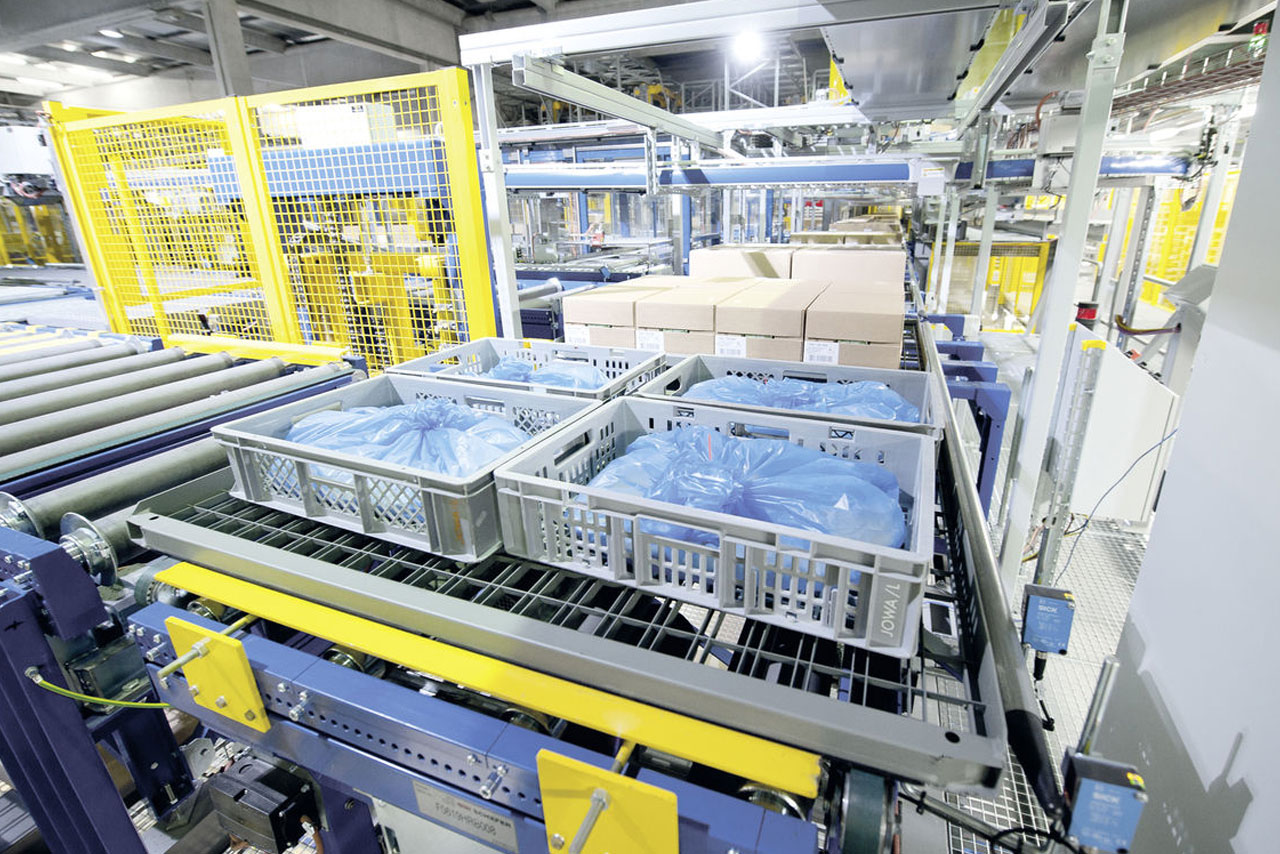
Conveyor Systems are mechanical devices or assemblies that transport material with minimal effort. While there are many different kinds of conveyor systems, they usually consist of a frame that supports either rollers, wheels, or a belt, upon which materials move from one place to another. They may be powered by a motor, by gravity, or manually. These material handling systems come in many different varieties to suit the different products or materials that need to be transported.
In today’s modern environment, whether it is a production or warehouse facility, the demands are constantly increasing to produce higher outputs, with more accuracy for a lower operating cost. To achieve these goals, automation and conveyor solutions are employed across multiple sectors / applications. A conveyor solution is not only robust and reliable but delivers a quantifiable ROI, which in some cases can be under 12months.
Automation comes in many forms, whether it is simply transferring product between assembly/work stations through to buffer storage or end of line process – packing / labelling / wrapping / infeed to a palletiser. Even the simplest of conveyor projects can produce positive recognisable results in a short time frame.
Conveyors are also popular in consumer applications for food and people transportation such as supermarkets, sushi restaurants, airports, and shopping centres. So not only do they transport heavy items, but they are also useful for moving small plates and people in a quicker and more efficient manner. Quite handy to use one in the airport if you’re going between gates and you’re running late for a flight.
